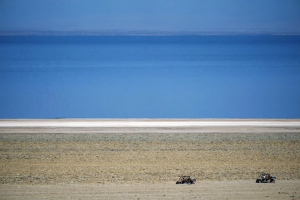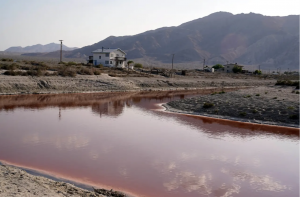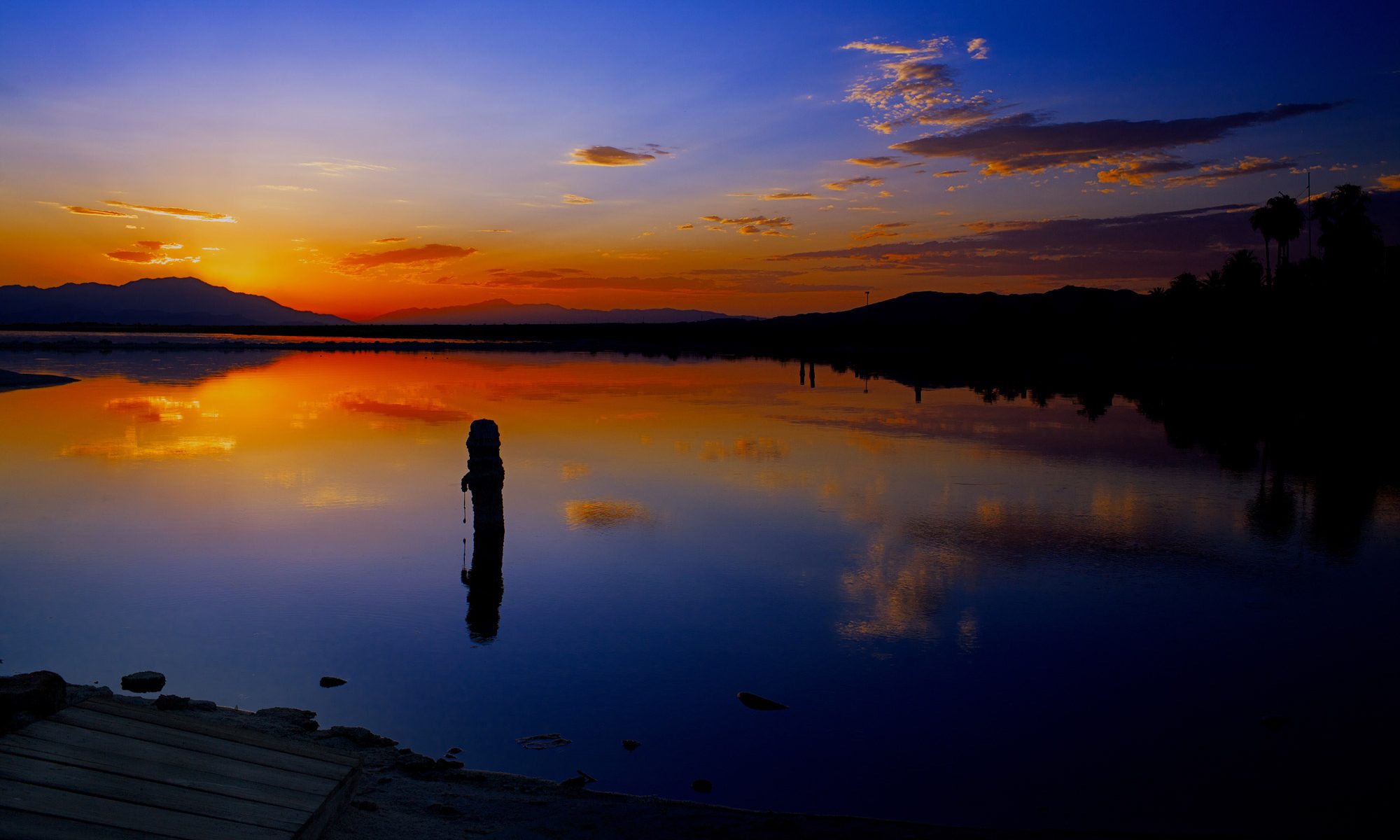Southern California could be the Middle East of this century. Companies are scrambling to get at the mineral stew bubbling beneath the Sonoran Desert.
By BROOKE STAGGS | bstaggs@scng.com | Orange County Register – dailybulletin.com

Those drawn to the other-wordly landscape surrounding the Salton Sea, some 45 minutes southeast of Palm Springs, have long been lured by potential.
Potential to plant crops that help feed the country or solar panels to help power it in the wide open, affordable land in Imperial County. Potential to pursue bohemian, artistic lives in Bombay Beach or nearby Slab City. Potential to spot migratory birds who make their temporary home at this largest lake in California.
That potential hasn’t always panned out. With both local and imported water scarce, farmers sometimes are paid to keep their fields fallow. The solar industry hasn’t delivered the once-promised jobs or a huge spike in land values. And there are regular reports of massive bird and fish die-offs, with the sand of some lakeside beaches made from the bones of fish that couldn’t survive the shallow, salty lake’s oxygen-deprived waters.
But now, everyone from General Motors to the U.S. Department of Energy to Warren Buffet seems to believe the Salton Sea’s greatest potential so far remains untapped: its potential to become known the world over as Lithium Valley.
Demand for lithium has skyrocketed over the past 30 years, since the world’s lightest metal also happens to be fantastic at storing energy. Lithium’s ability to quickly charge, recharge and transfer lots of energy has made it the primary component in batteries for everything from laptops to pacemakers to cell phones. Now, lithium is the material of choice for batteries to store solar and wind energy — and to power electric vehicles.
Tens of millions of EV batteries soon will be needed each year. In August, California announced a plan to ban the sale of new gas-powered vehicles starting in 2035, and more than a dozen states are expected to follow suit. And federal lawmakers have passed several funding packages that also push consumers and car manufacturers toward EVs, with countries around the world pursuing similar goals.
Unfortunately, lithium isn’t particularly abundant or easy to get at. So the growing demand has triggered a geopolitical scramble — sometimes called a “white gold rush,” in reference to lithium’s silvery-white color — to find new, cost effective ways to source the material.

That’s where the Salton Sea Geothermal Field comes in.
Researchers believe there may be enough lithium bubbling a mile or more beneath the desert adjacent to the sea to meet domestic needs for the foreseeable future. They believe there might even be enough lithium left over that the U.S. could export the prized material to other countries.
Some locals remain understandably skeptical. But experts working on these plans insist the type of lithium extraction operations they’re eyeing, which aren’t yet happening anywhere in the world, present few environmental problems while offering significant economic potential for the region.
